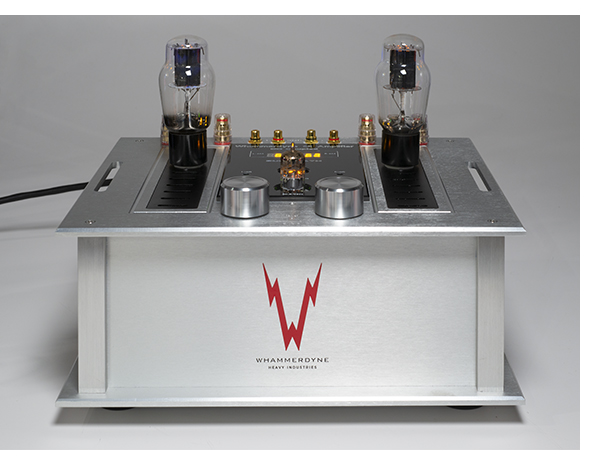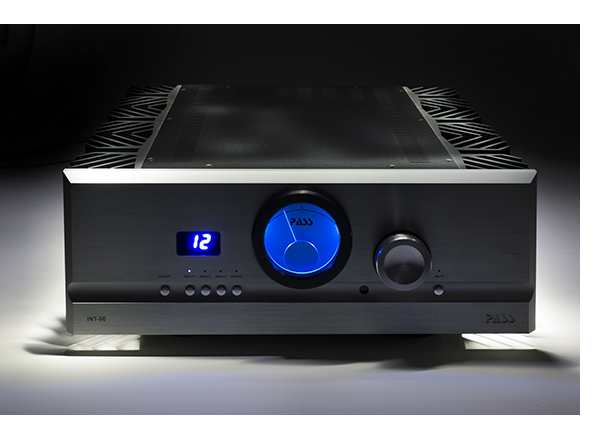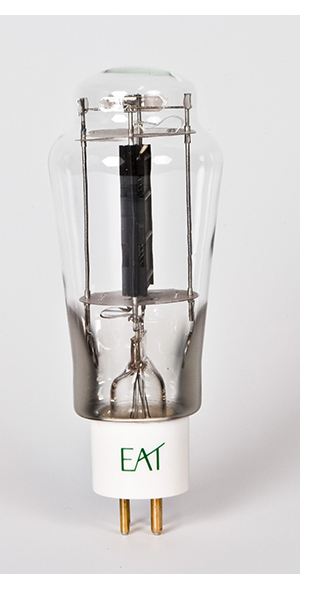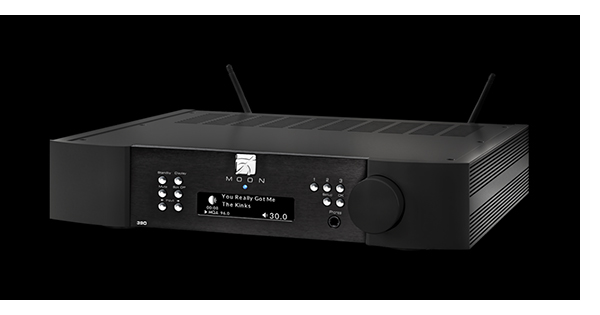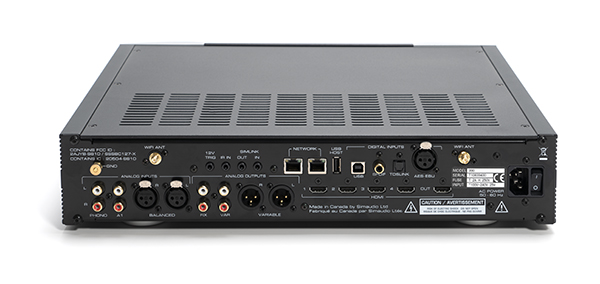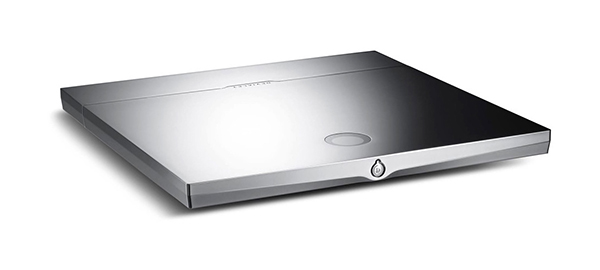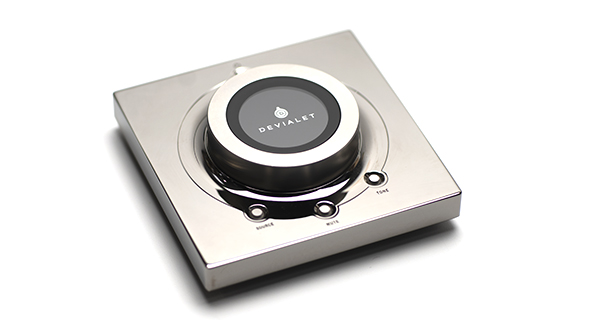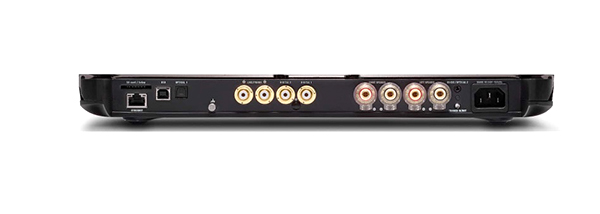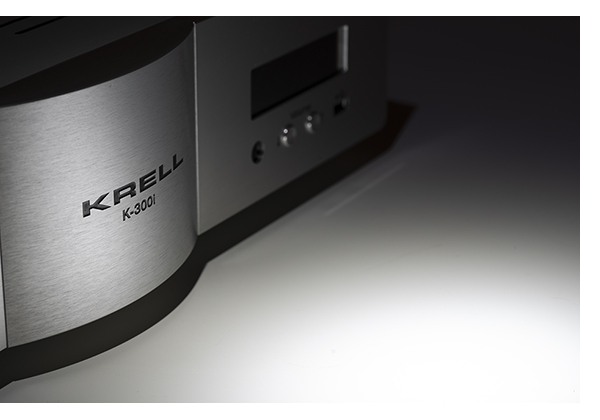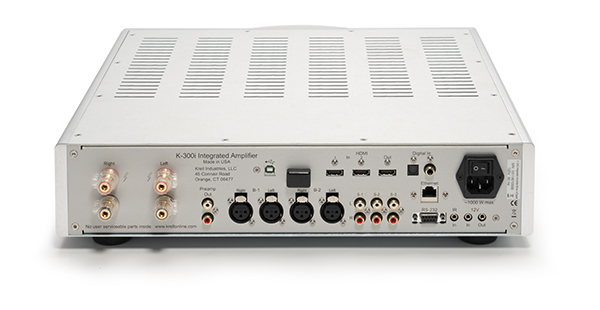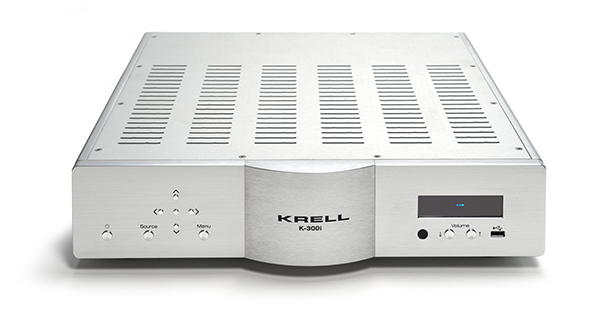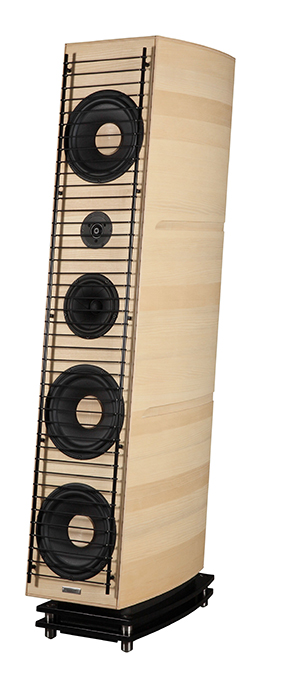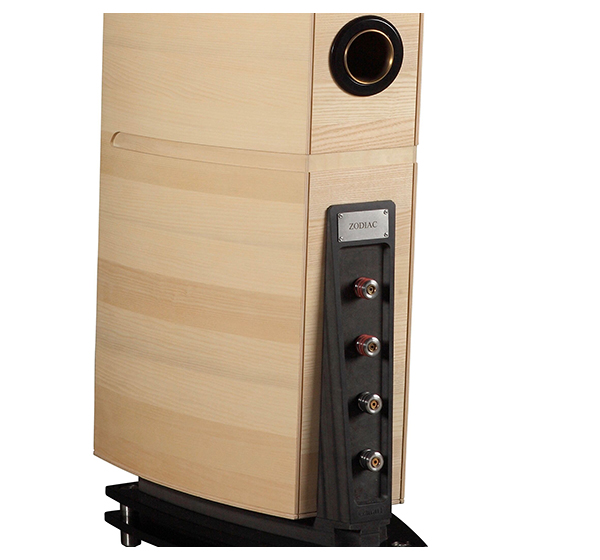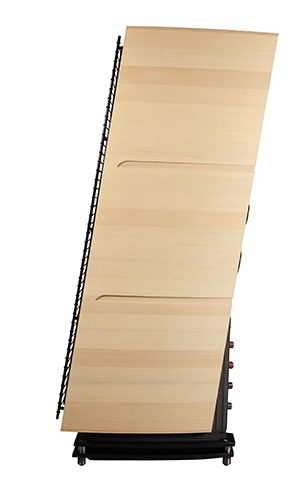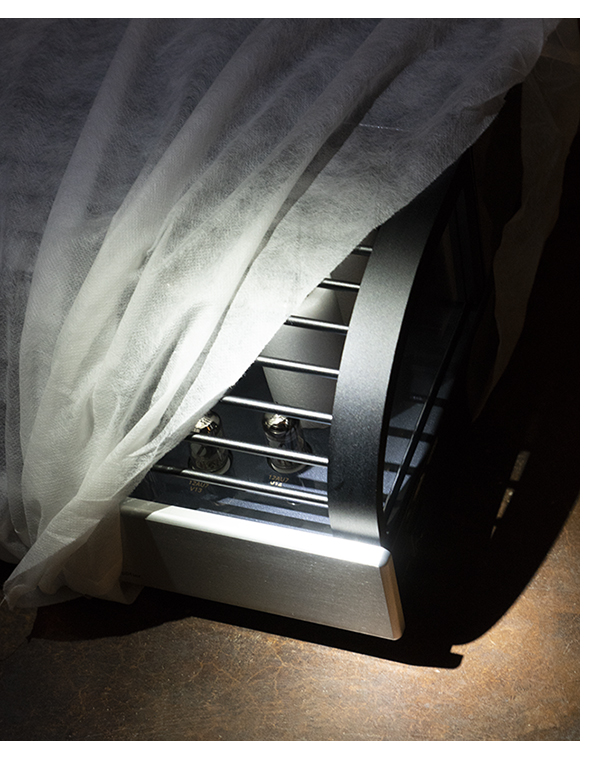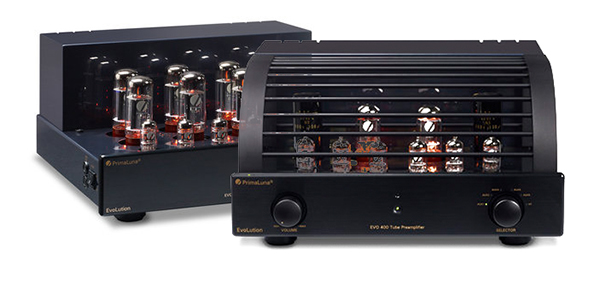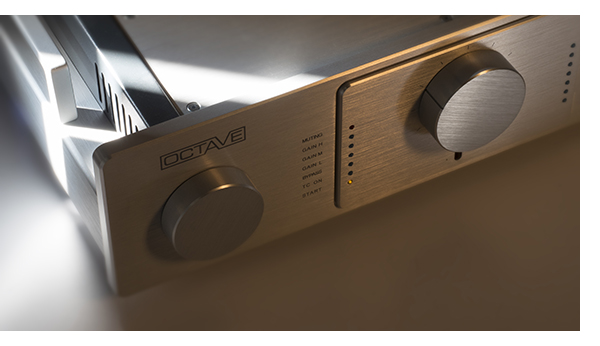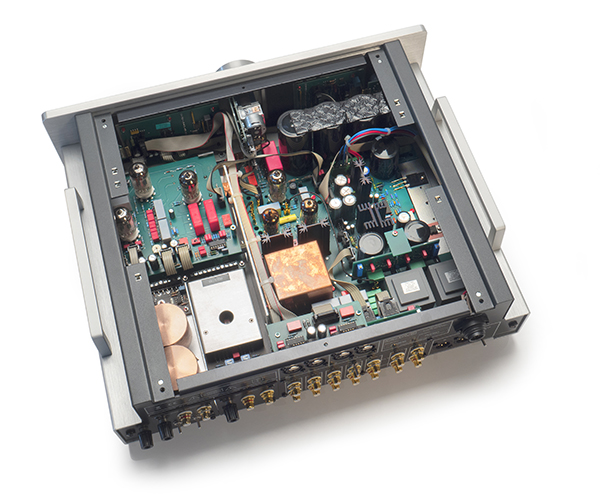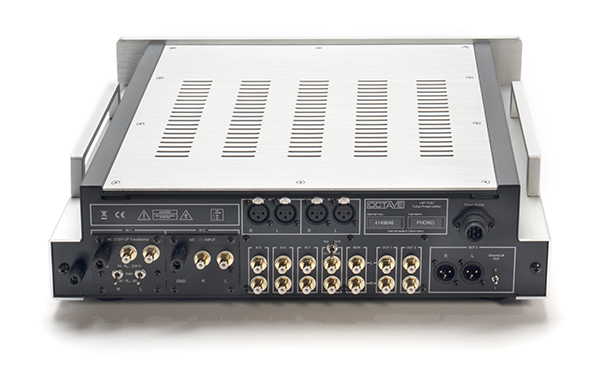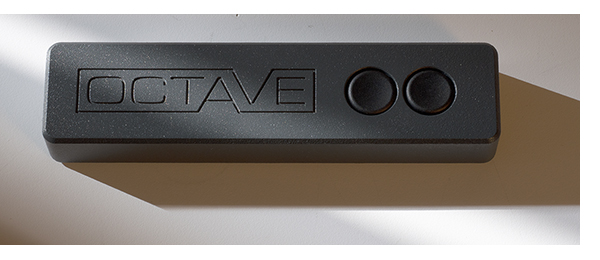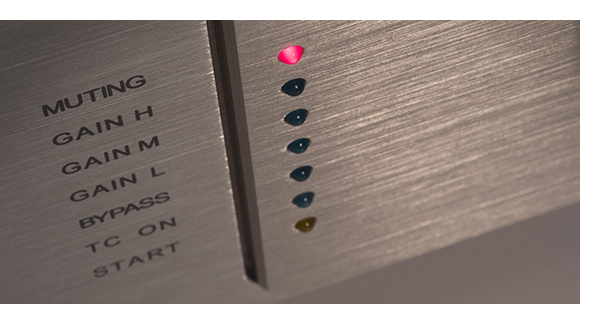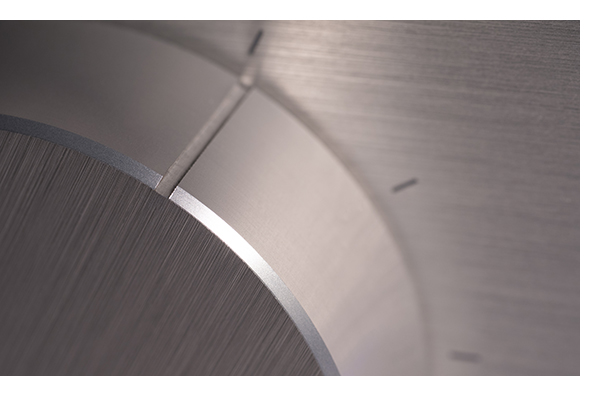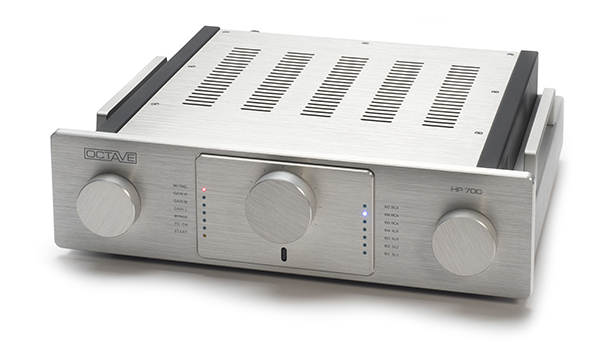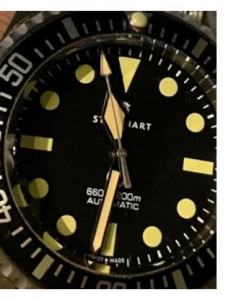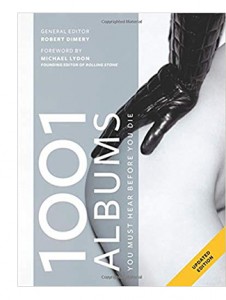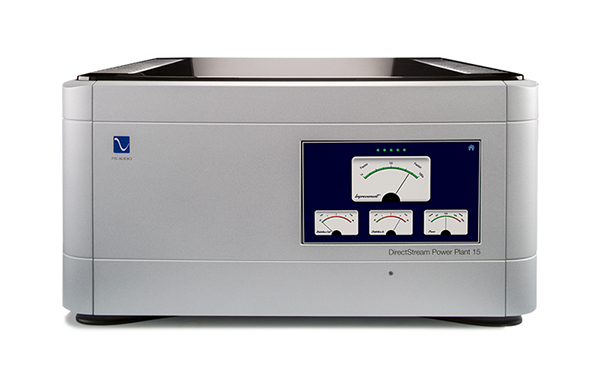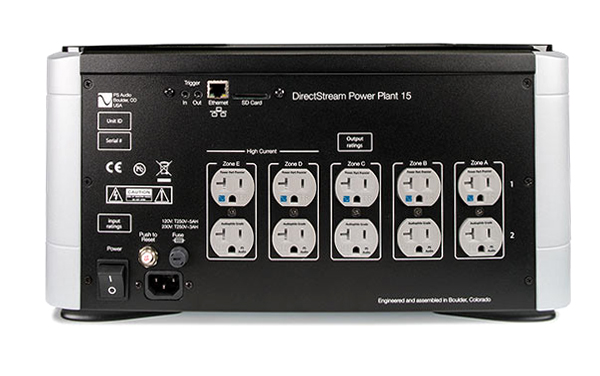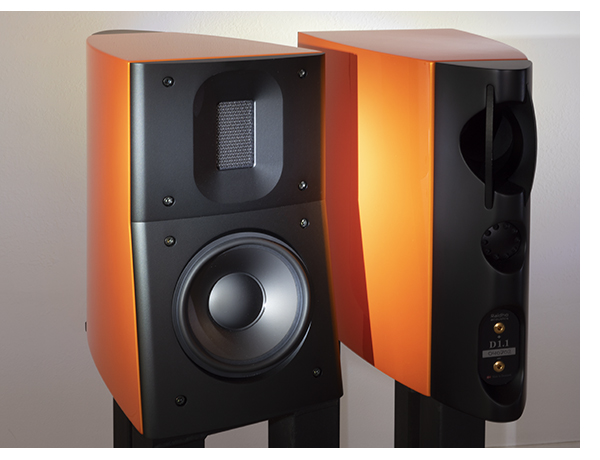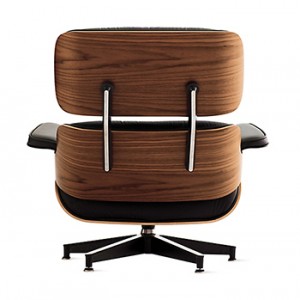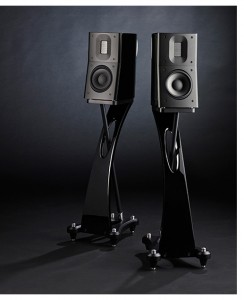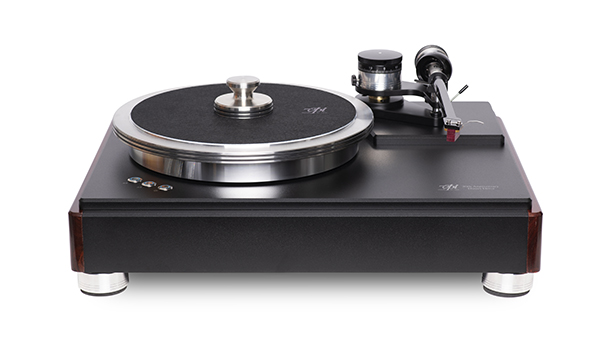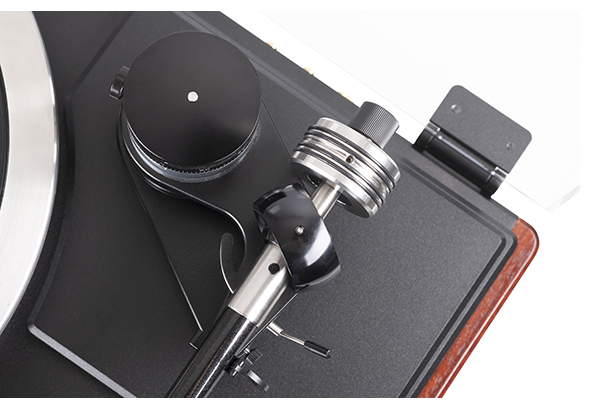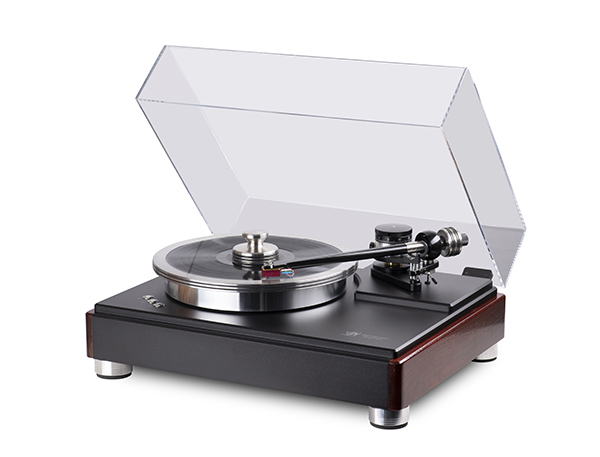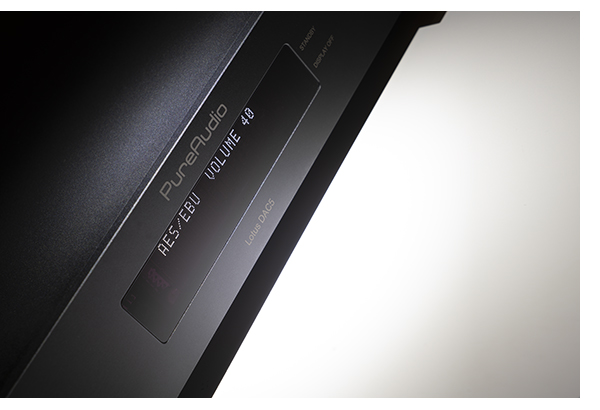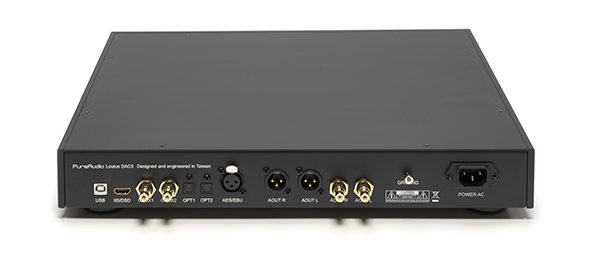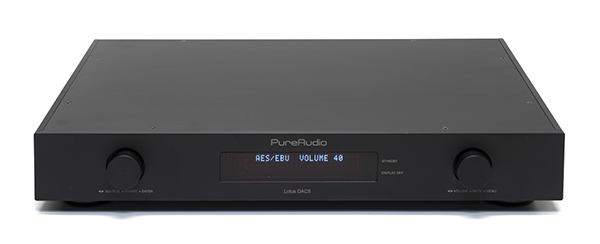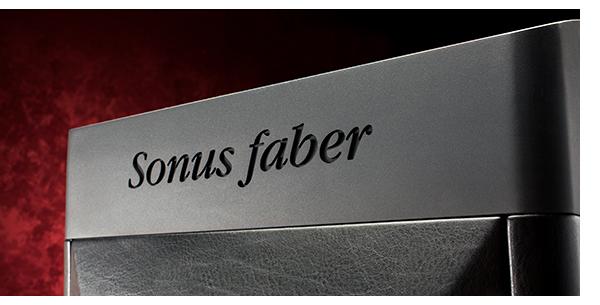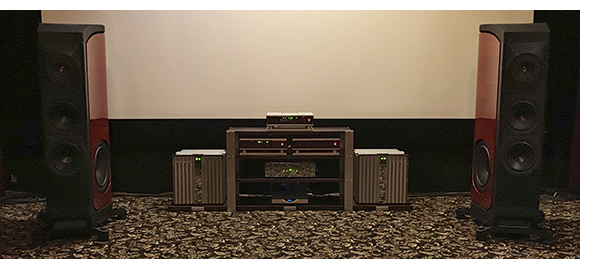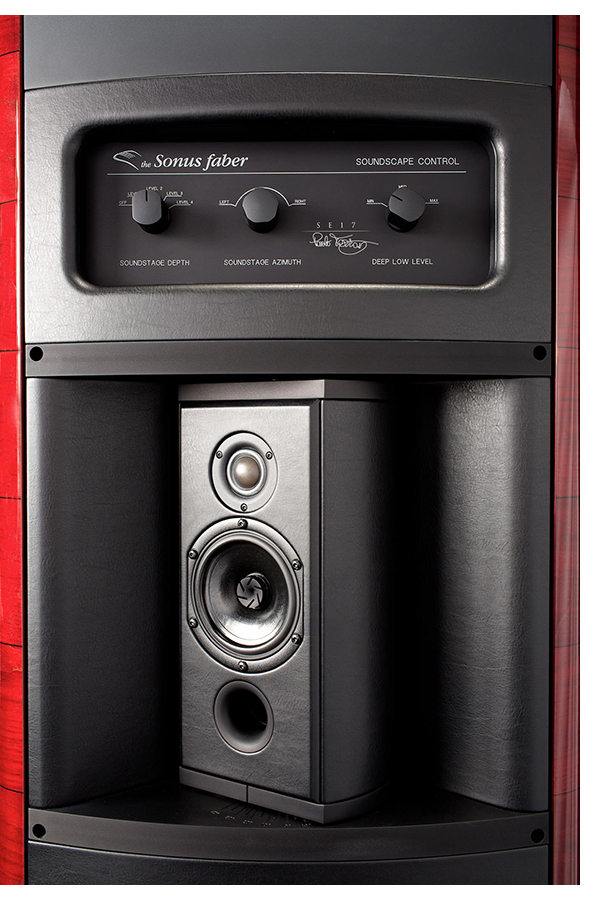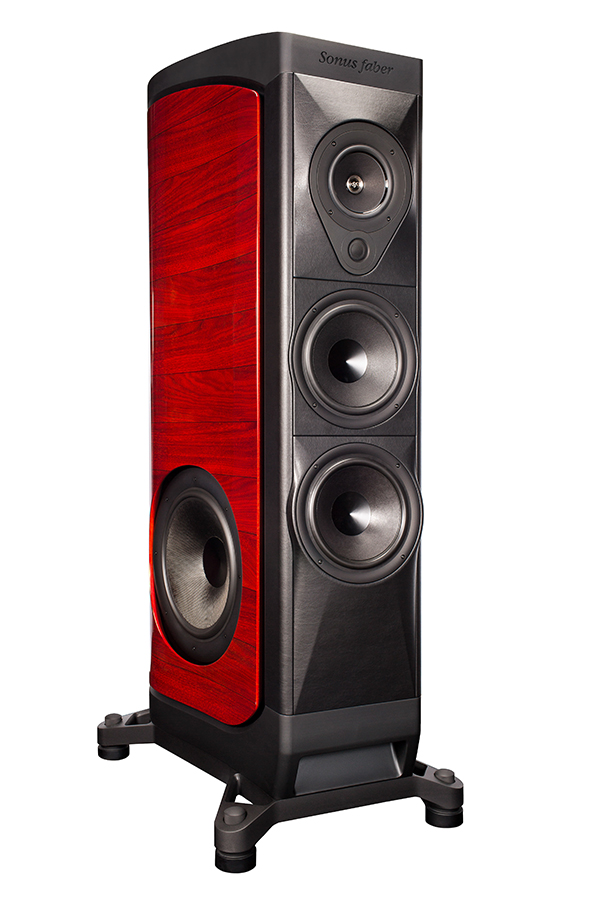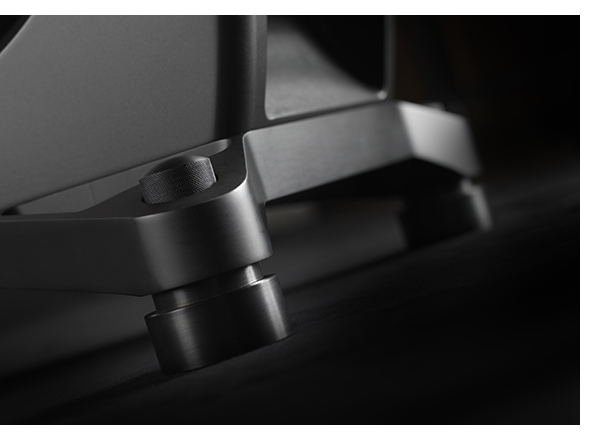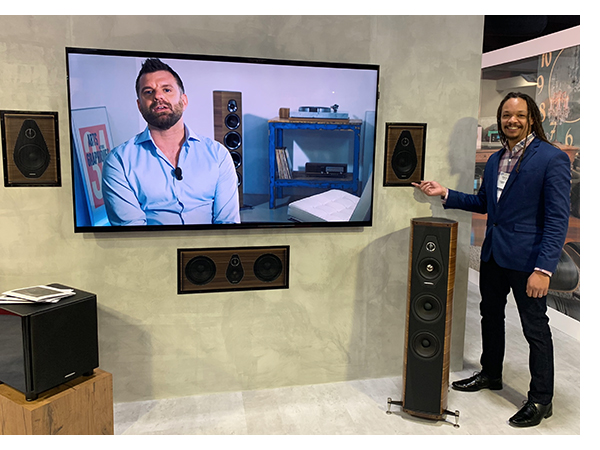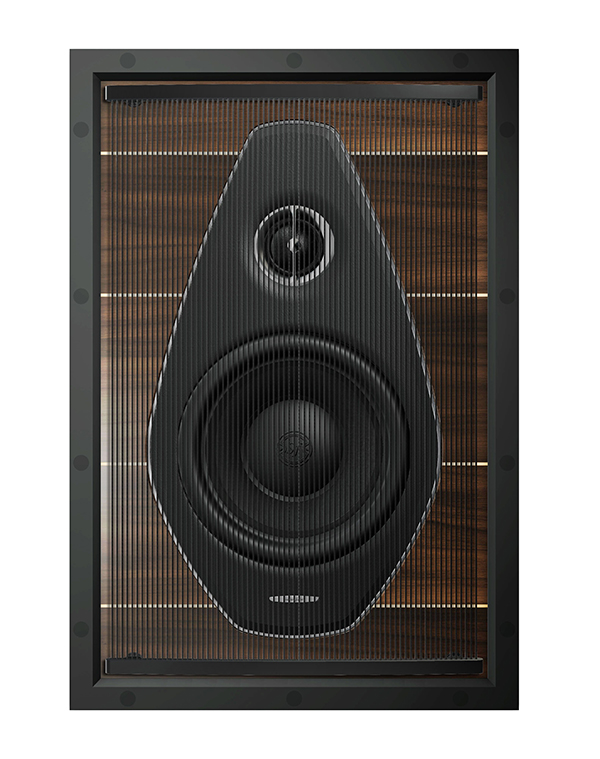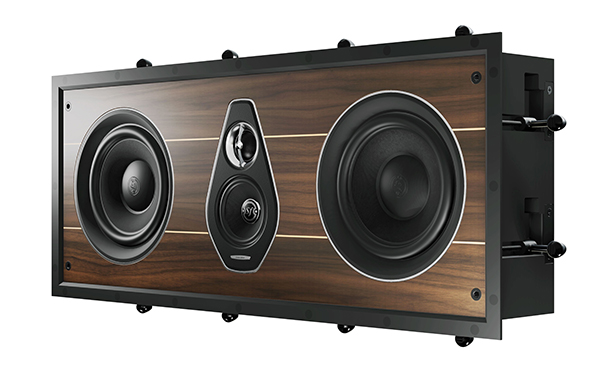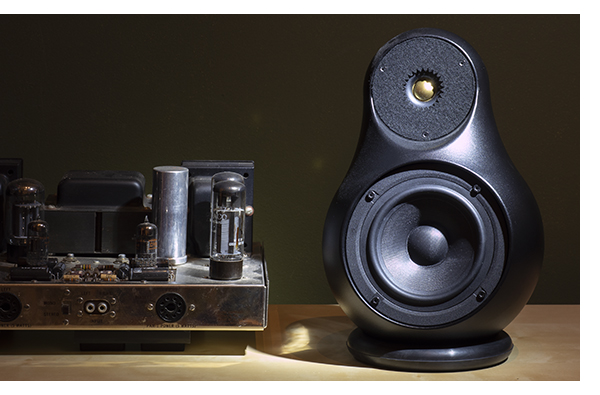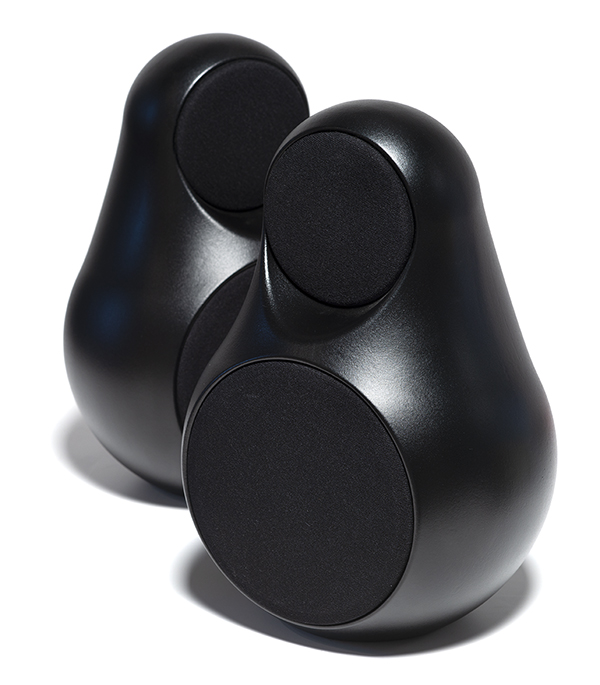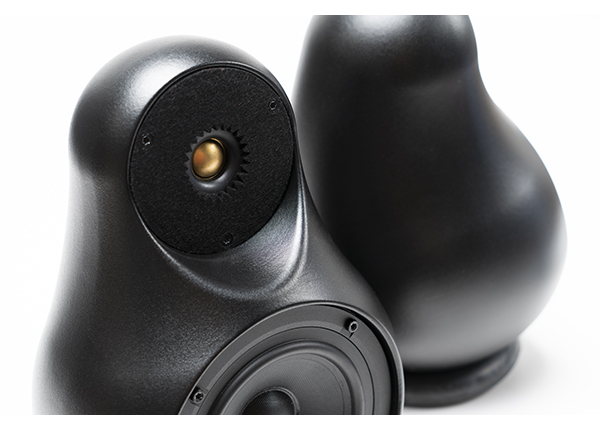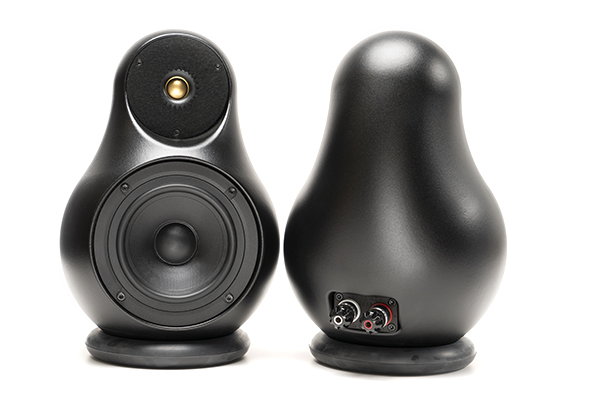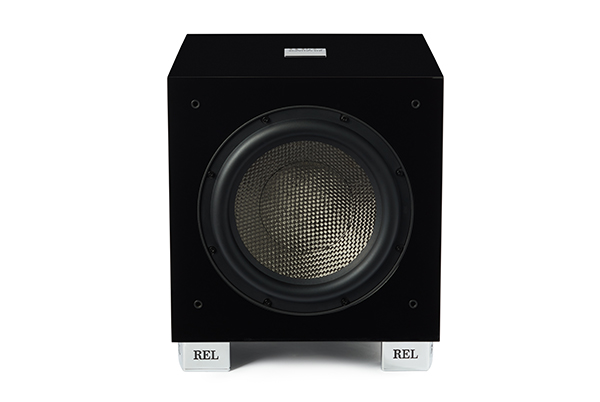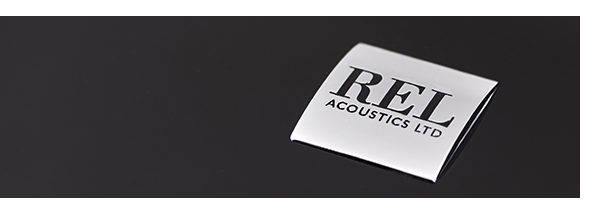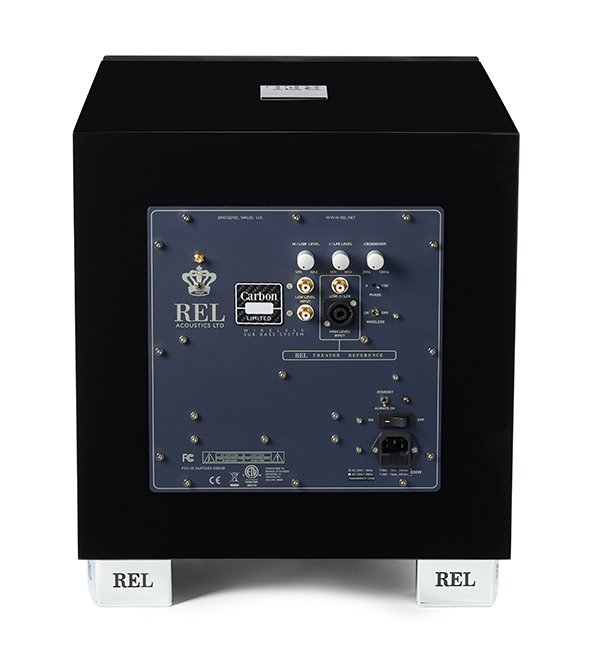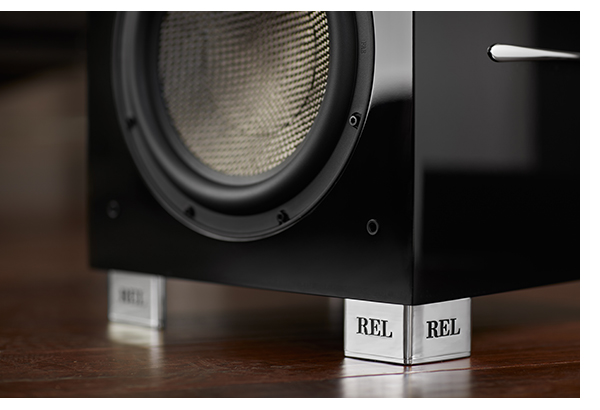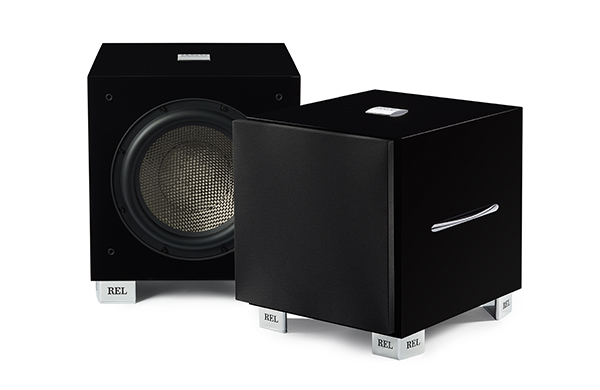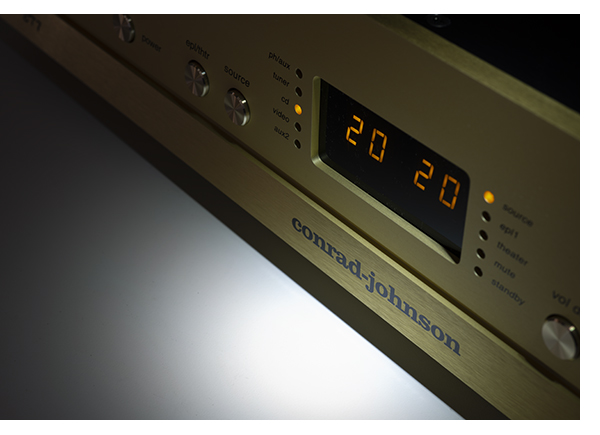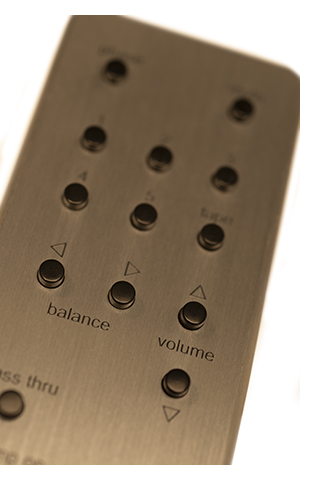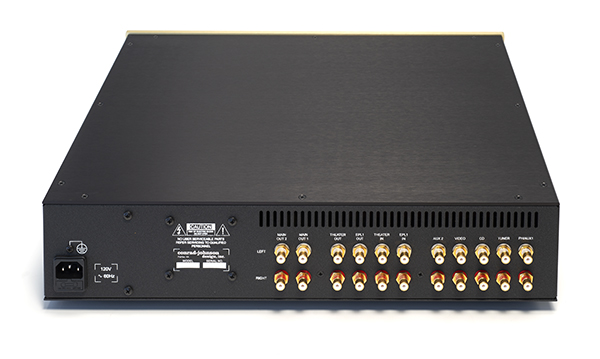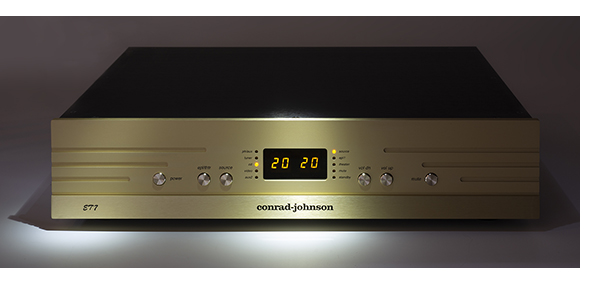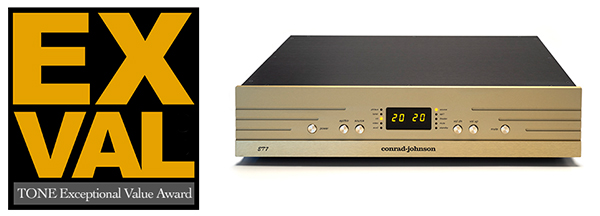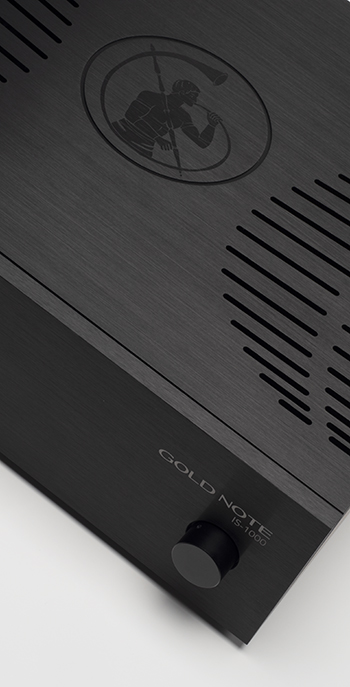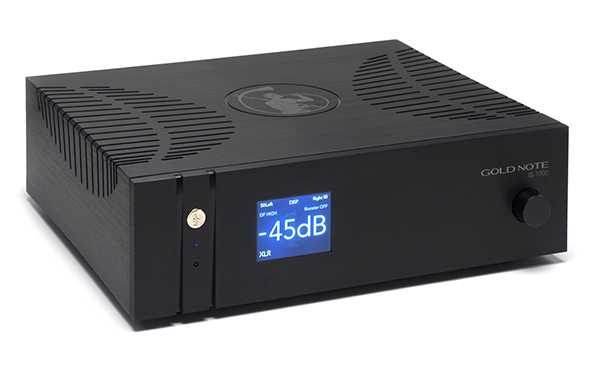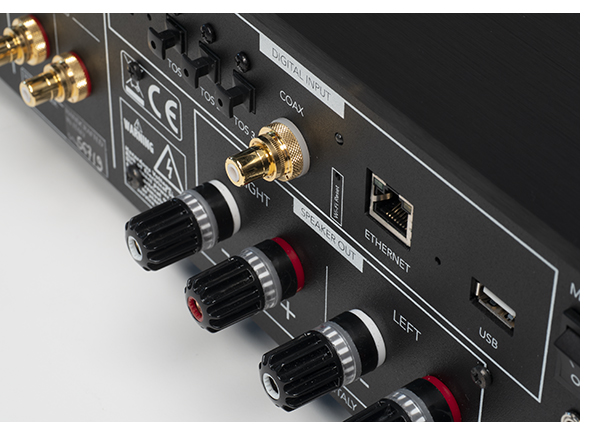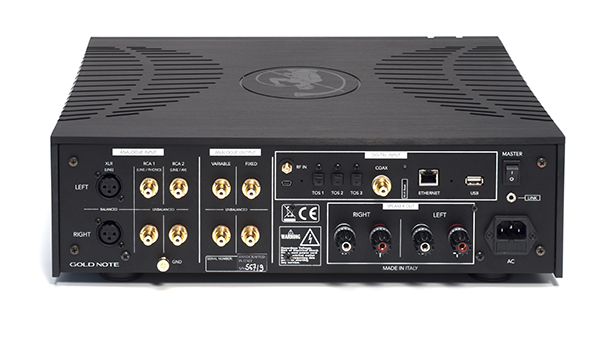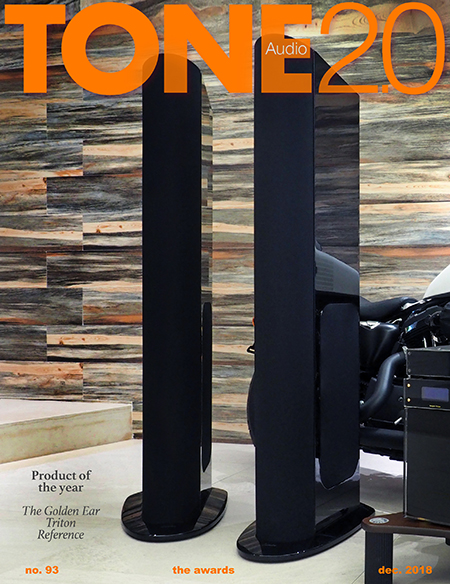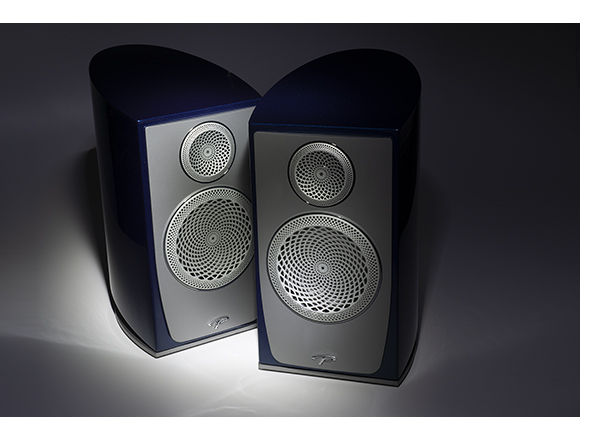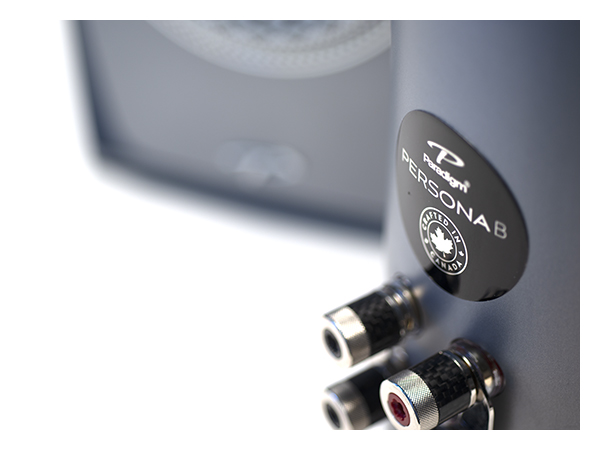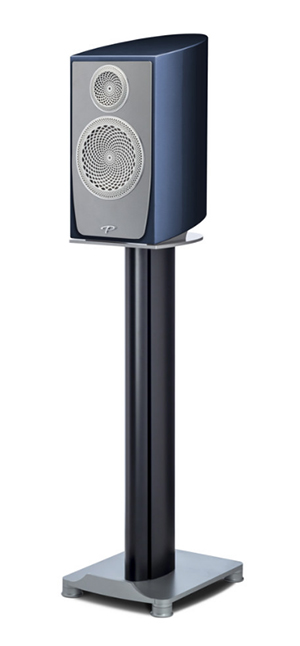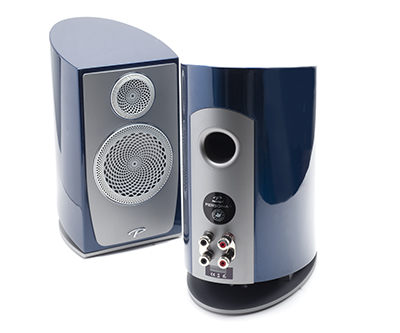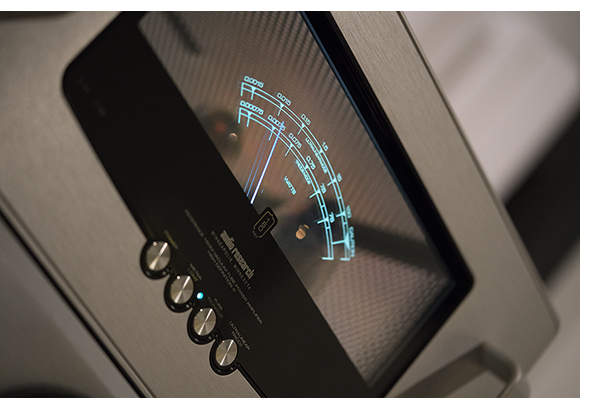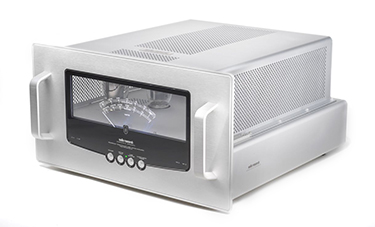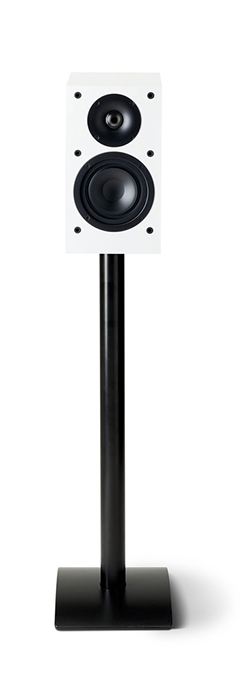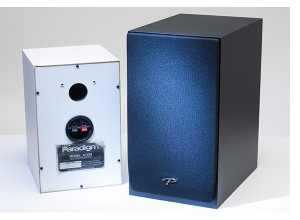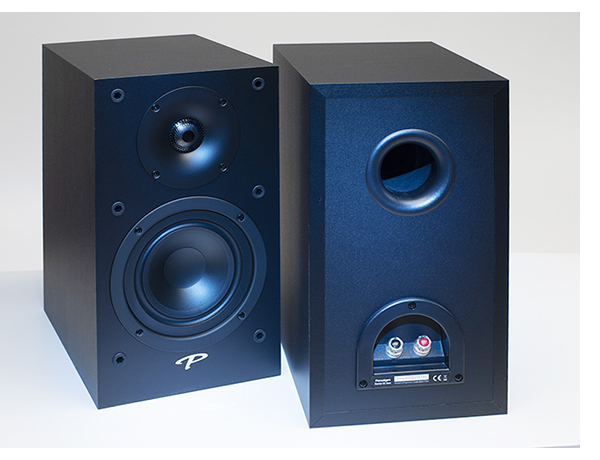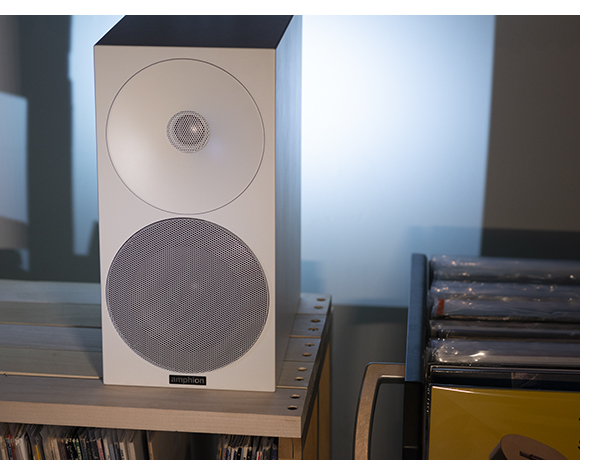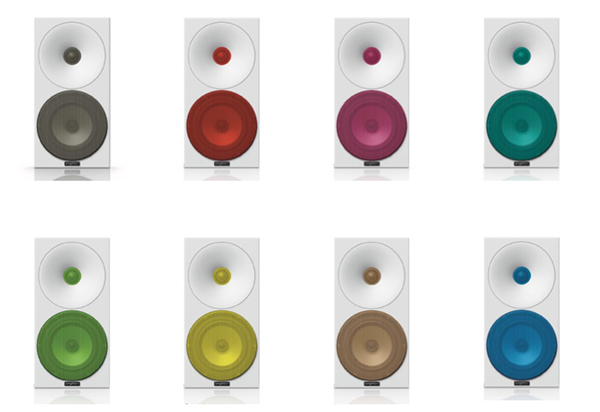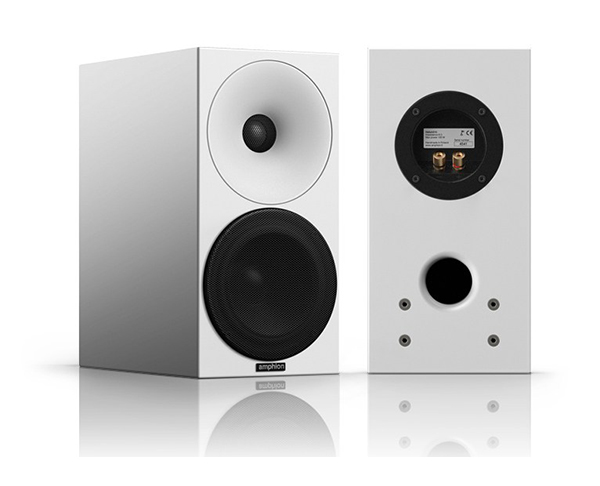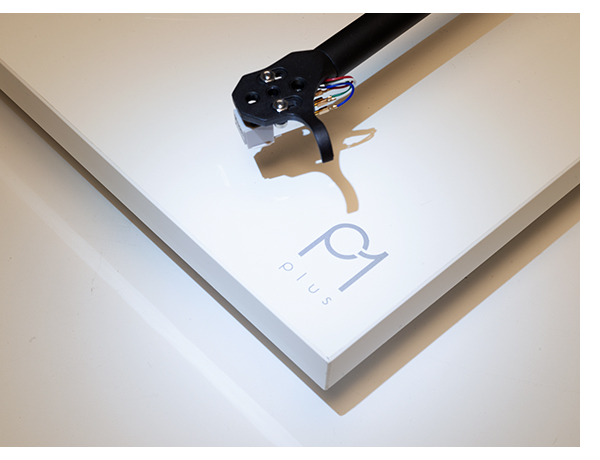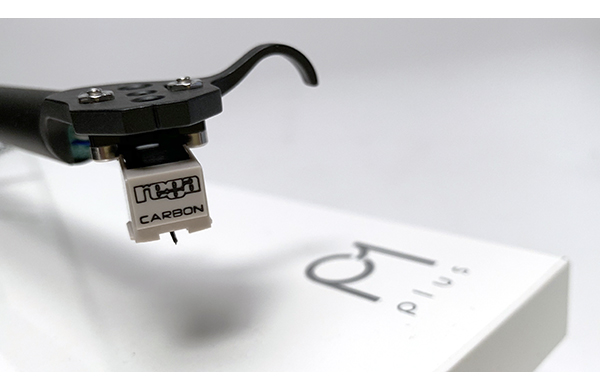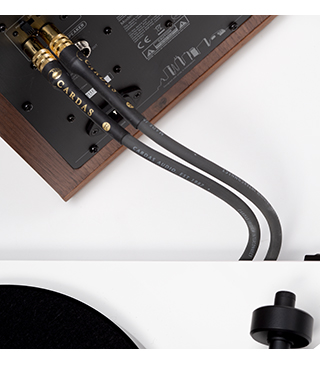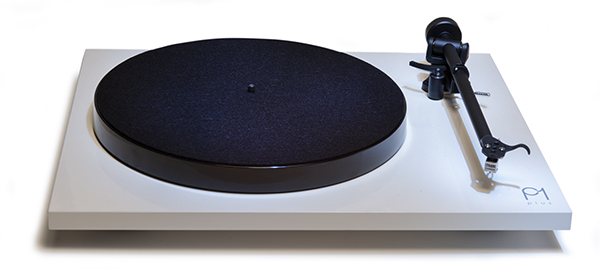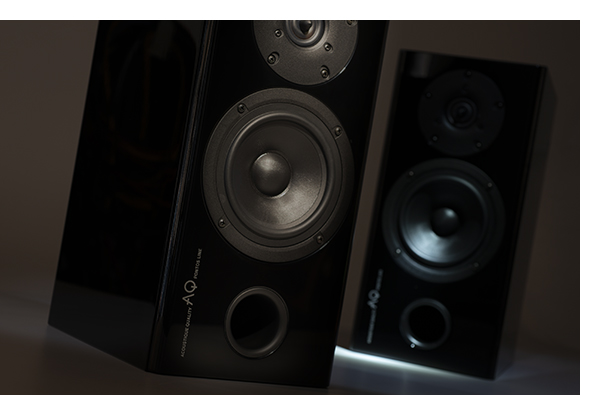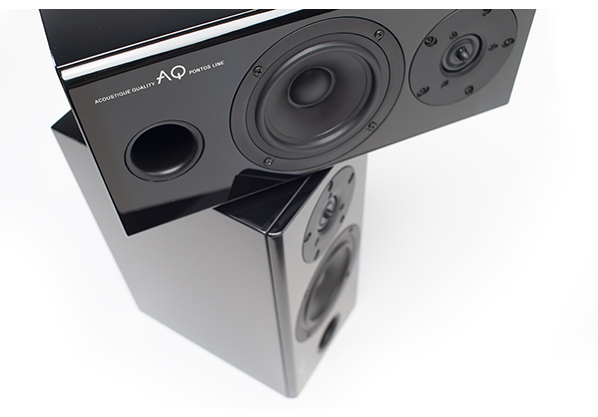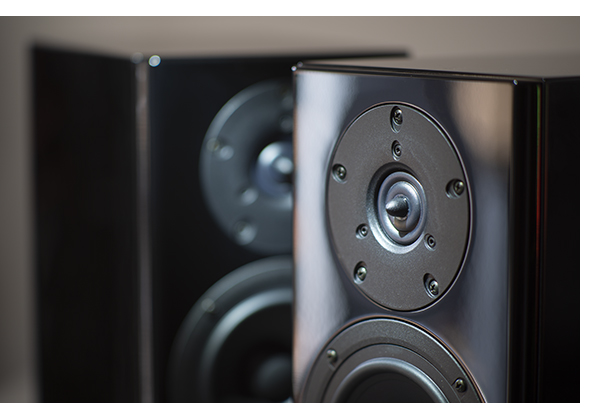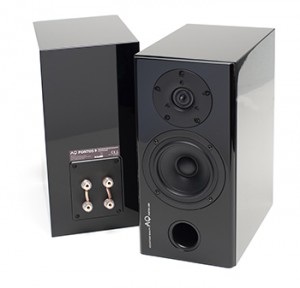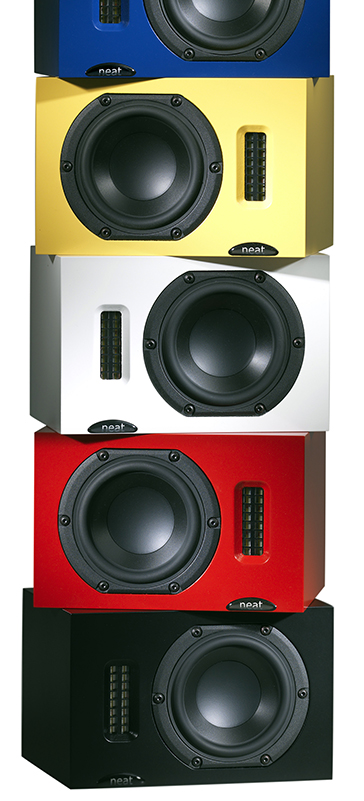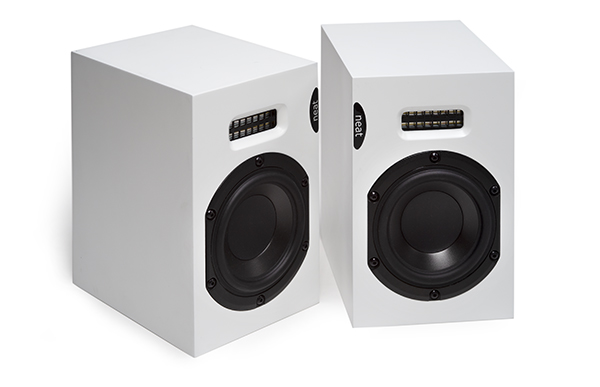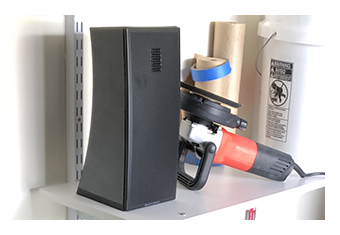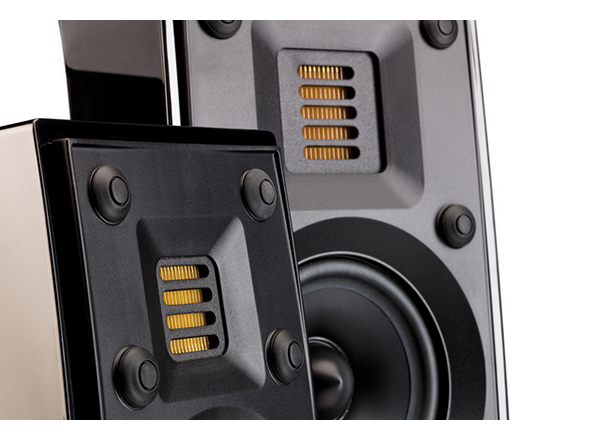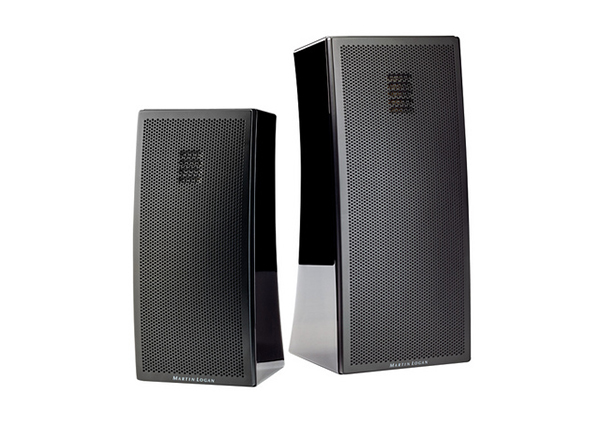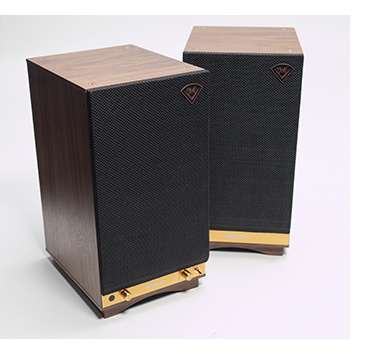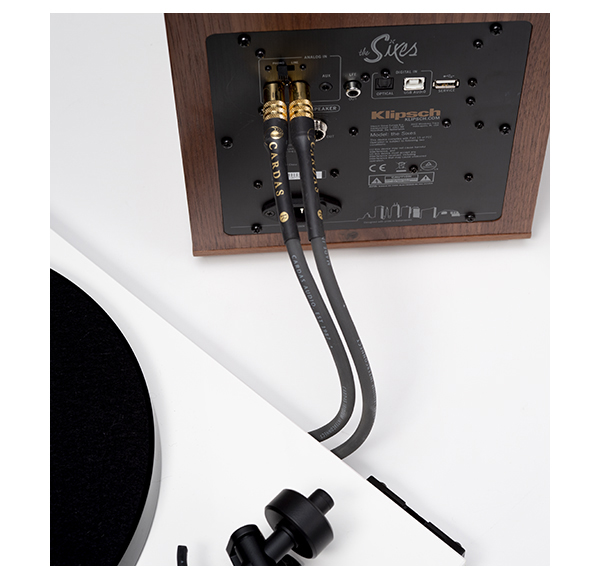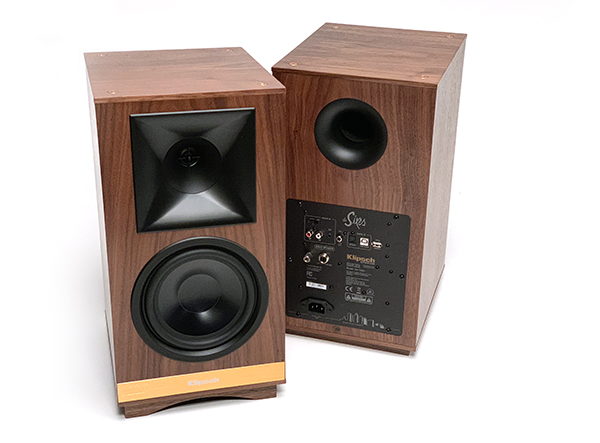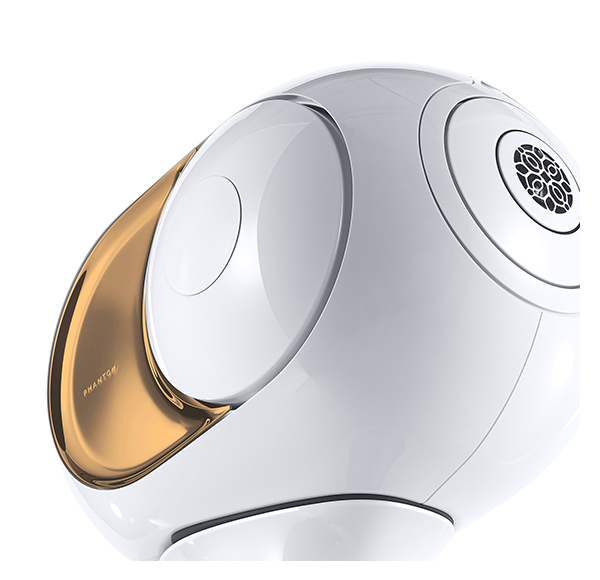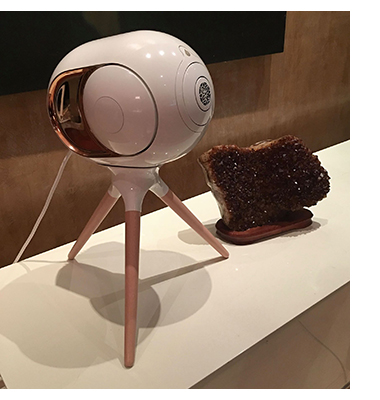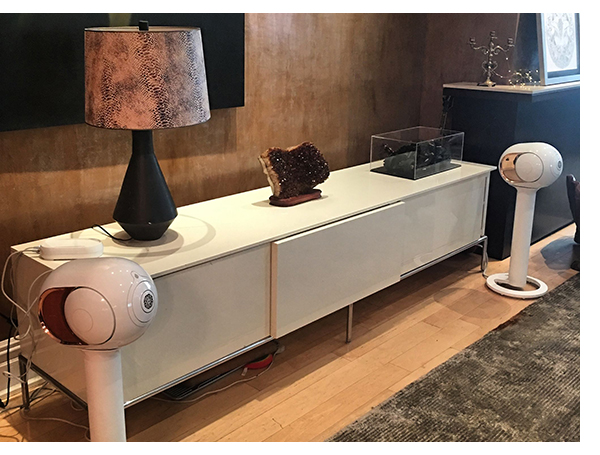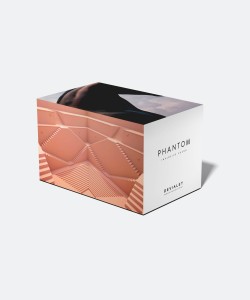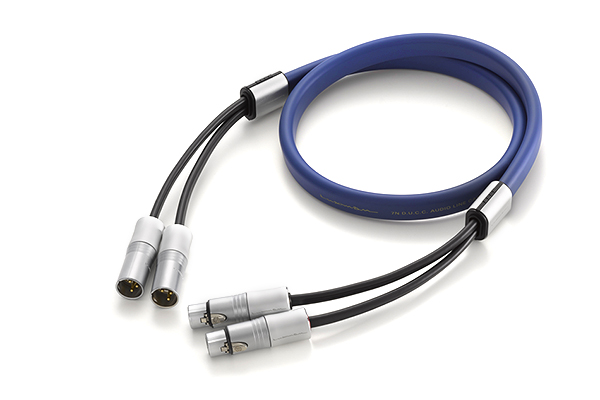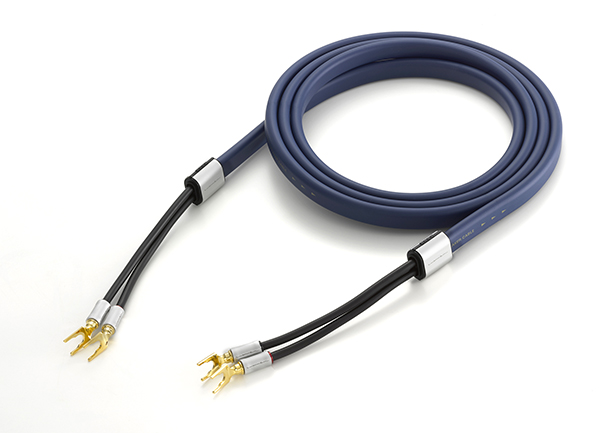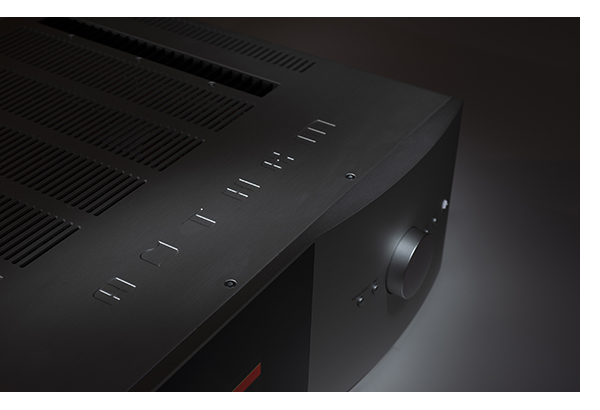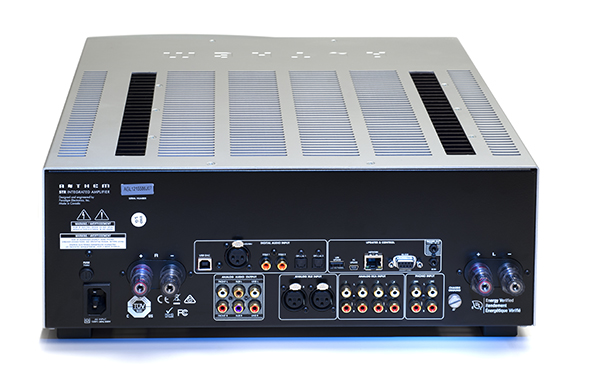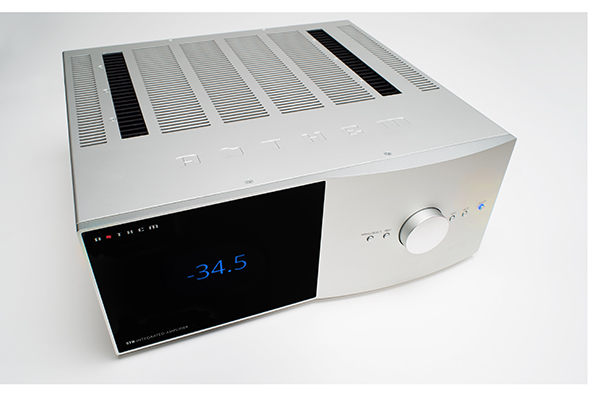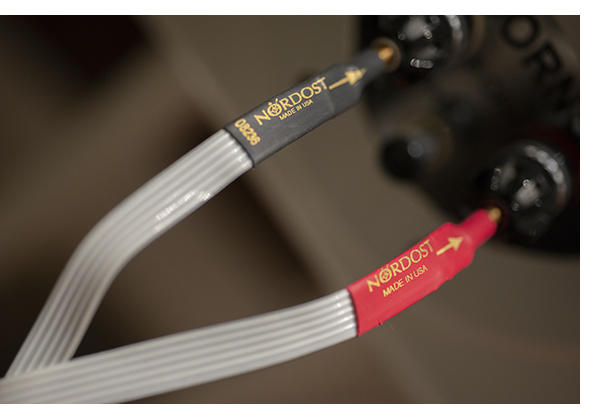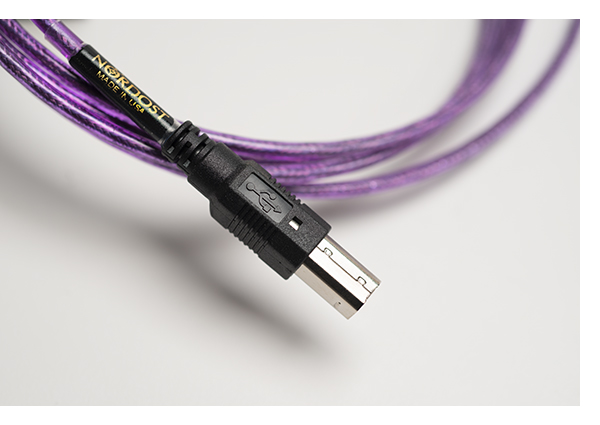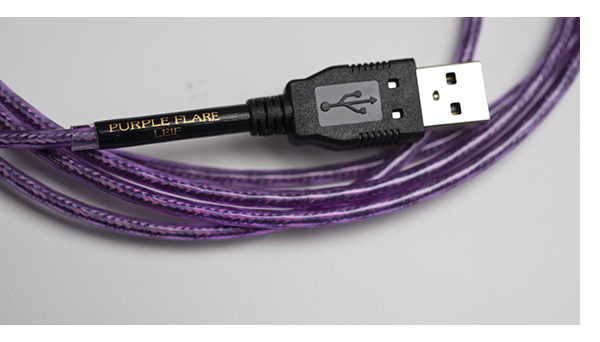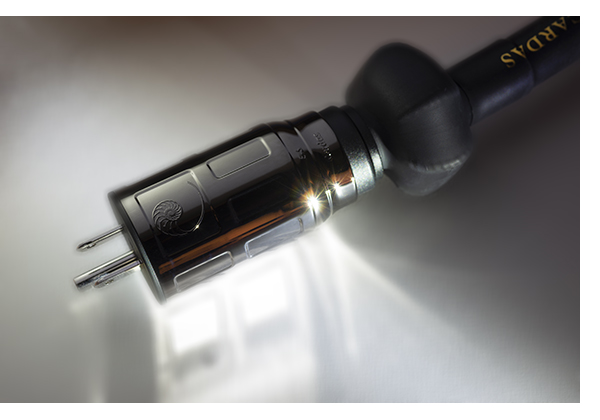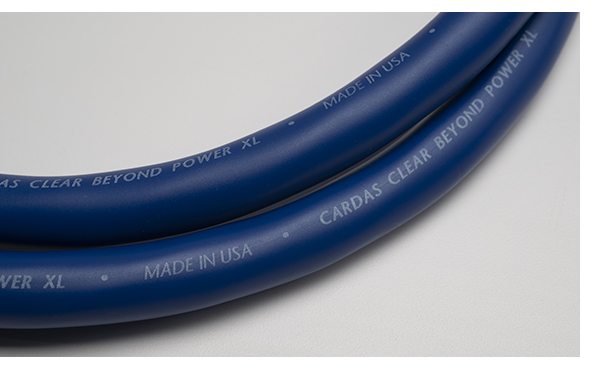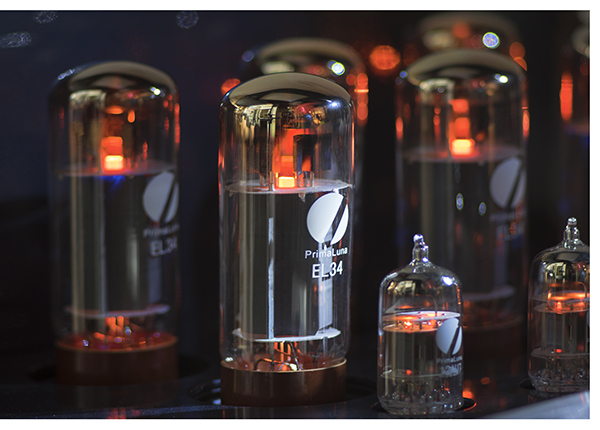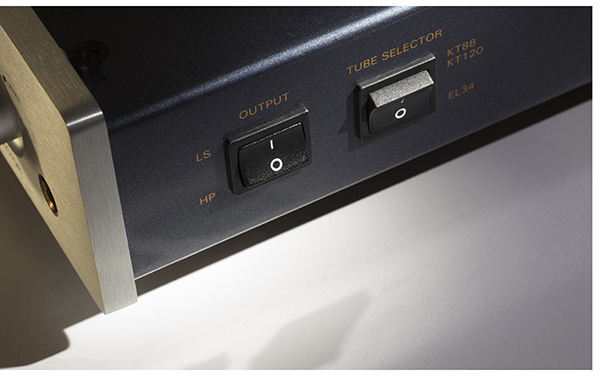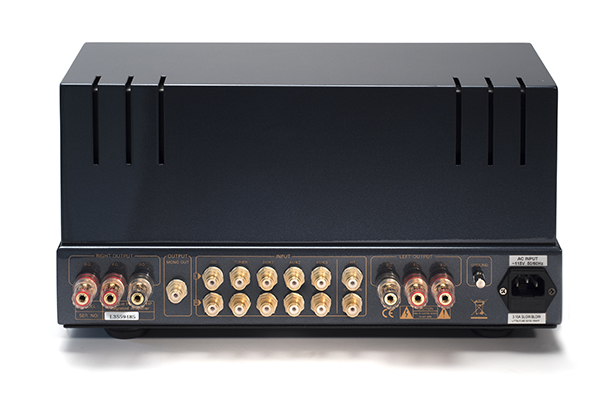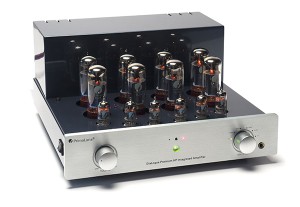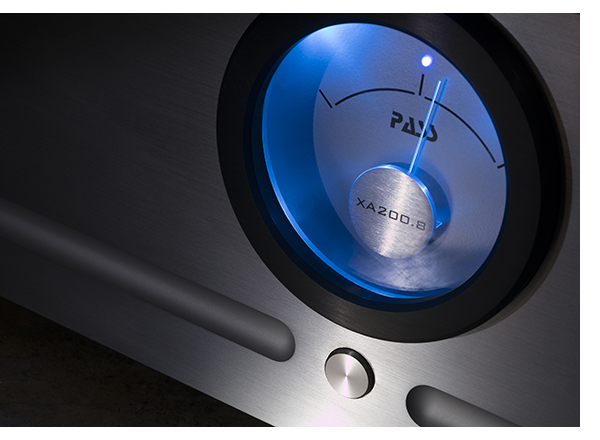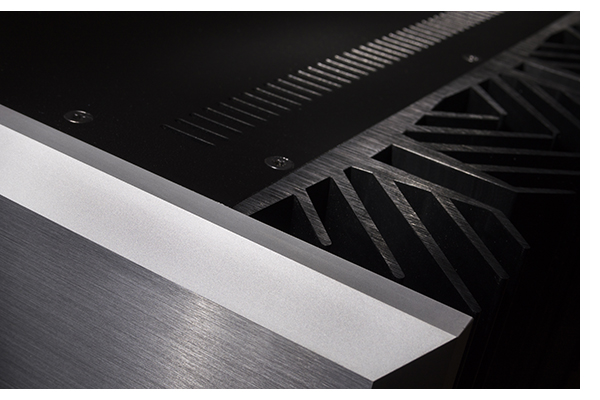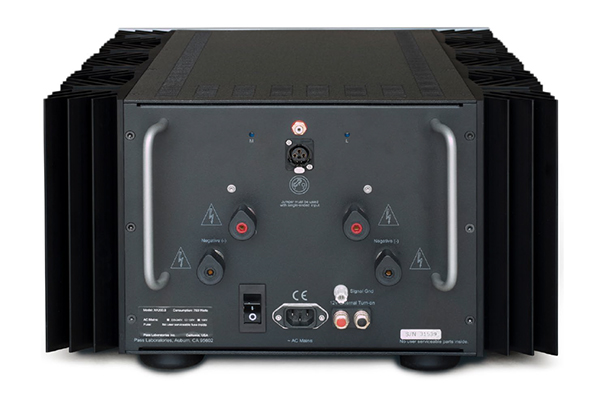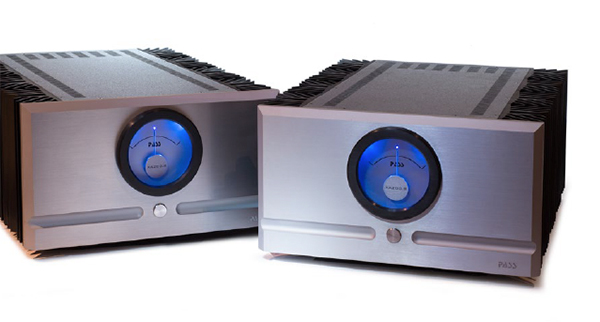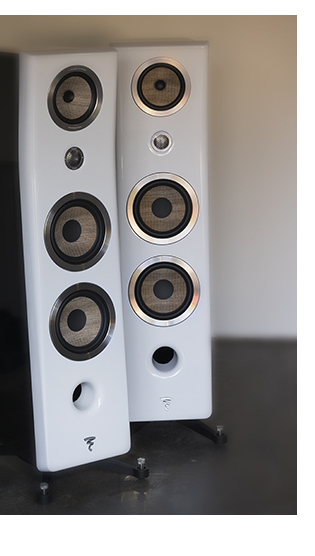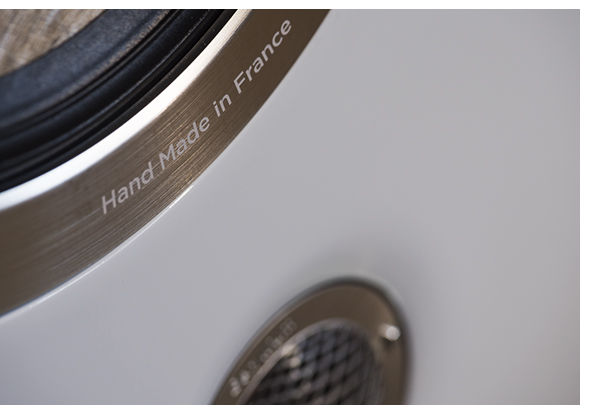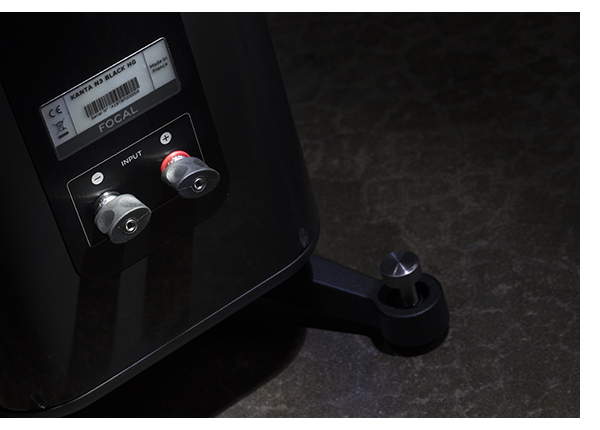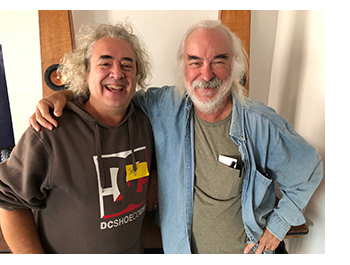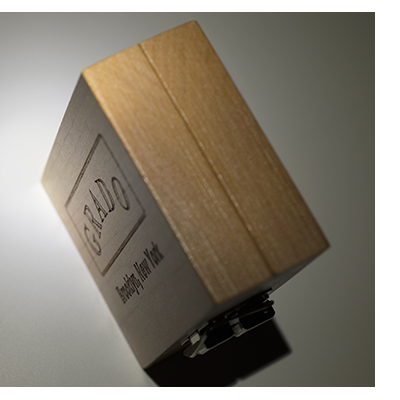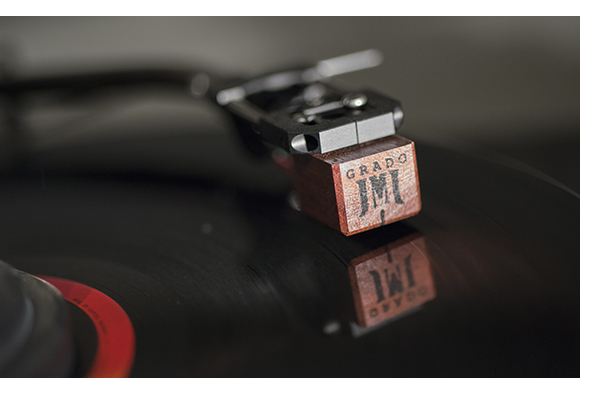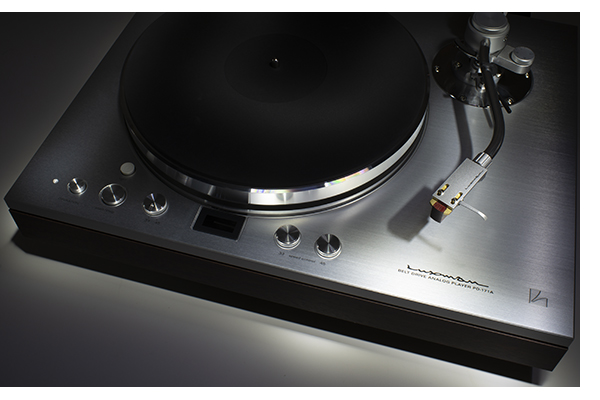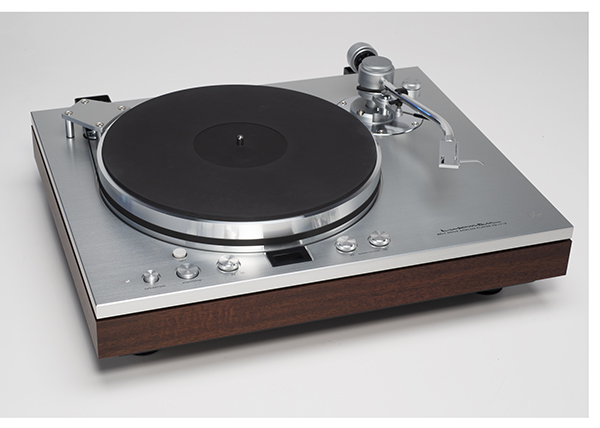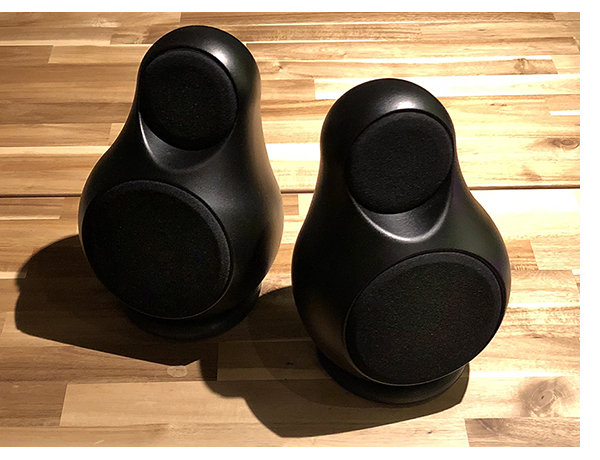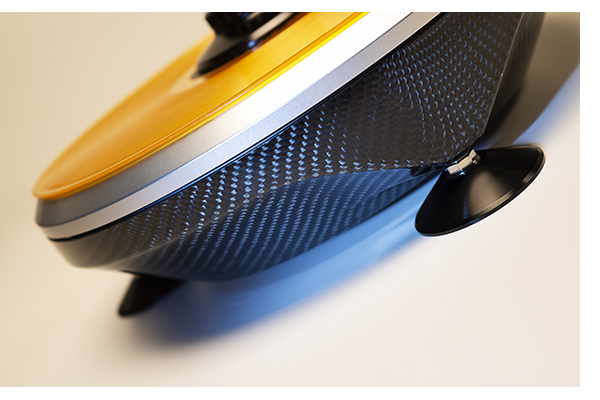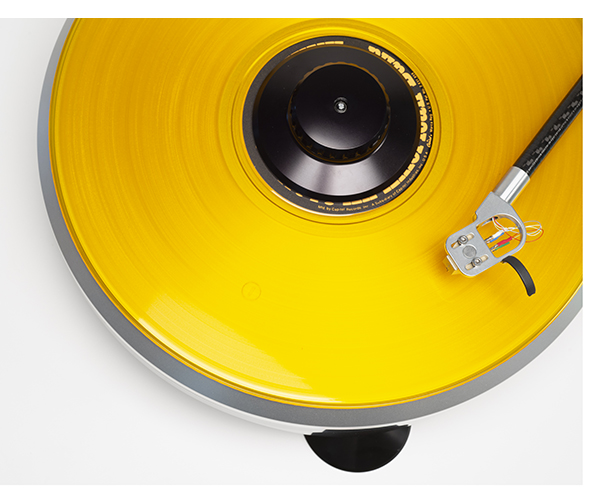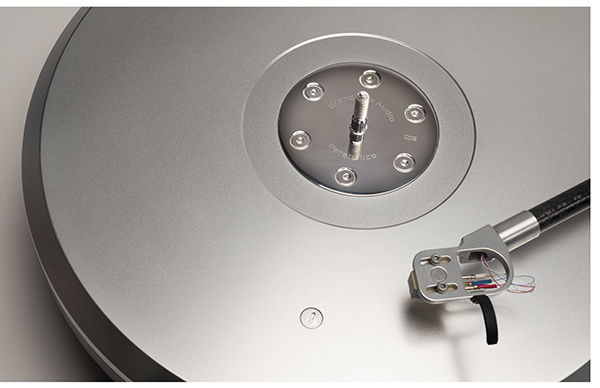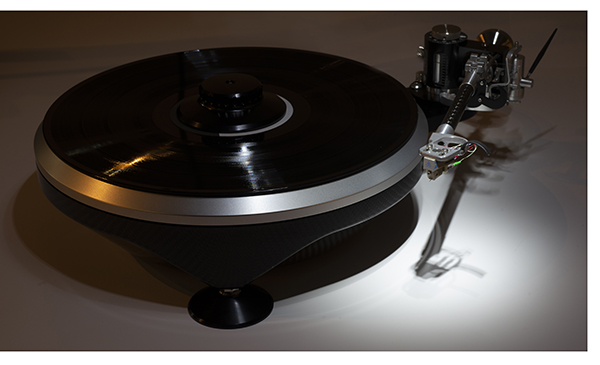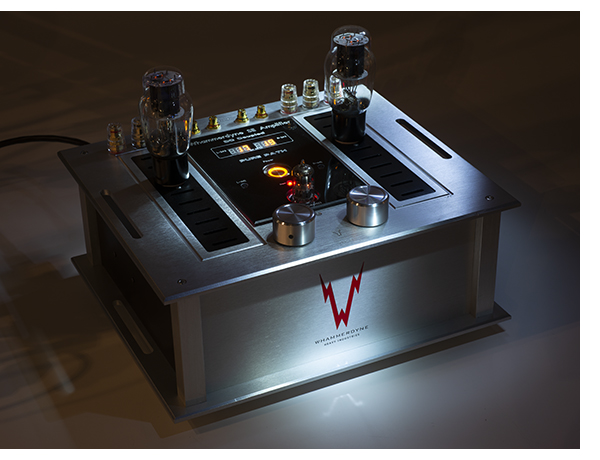 Stopping by Pat Hickman’s place to drop off a pair of vintage McIntosh amplifiers for his special level of detail and restoration is always a treat. There’s always something super fun on his test bench, either about to be restored, or just finished, ready to go to a customer.
Stopping by Pat Hickman’s place to drop off a pair of vintage McIntosh amplifiers for his special level of detail and restoration is always a treat. There’s always something super fun on his test bench, either about to be restored, or just finished, ready to go to a customer.
Today, he was going to put my McIntosh MC30 monoblocks on the bench to be returned to their original glory. As always, our discussion goes to his Whammerdyne 2A3 Truth amplifiers – the flagship got our product of the year award a couple of years ago and it is incredible. Not everyone can afford them, but his new DGA (Damn Good Amplifier) takes a lot of what he learned via the design of the Truth amplifier, but in a more affordable package.
This is a direct coupled (i.e. no caps or resistors in the signal path) single ended, class A stereo amplifier that uses a pair of 2A3 power tubes. Most people can barely coax 2 watts per channel out of a 2A3, but meticulous engineering and implementation makes for 4.3 watts per channel. And at this level, every few tenths of a watt counts. You can read more here: http://whammerdyne.com/#technology
We step in to his listening room and Hickman plays a few tracks on his Pure Audio Project Quintet 15s, which makes for a stunning combination with the DGA (Damn Good Amplifier).I have the Trio 15s back at the studio, so am very familiar with the sonics. We cruise through a few polite but breathy and luscious female vocal tracks, and as lovely as it is, at the back of my head I’m thinking “but will it rock?”
Can you work with 4 watts per channel?
The toughest part of an engineering journey is the difference between building to a standard and building to a price point. The flagship Whammer amp was built to be an all-out assault on SET topology, using the best parts available. The result is nothing like you’ve ever heard from an SET. Every bit of magic that tube aficionados wax poetic is there, but with all the refinement you’d expect from the world’s top modern tube amplifiers.
There’s only one catch – the Whammers only make four watts per channel. Forget it if you’ve got a pair of Magnepans, or something equally power hungry. Hickman thinks 94db/1watt sensitivity or lower is pushing it, but the new Focal Stella Utopia Em’s (94db/1watt exactly) have been blowing me out of the room with a few watts, so why not ask?
Fortunately, today is the day that there’s a DGA on the bench that isn’t spoken for. Hickman warns me, “It takes about 45 minutes to come out of the fog.” He wasn’t kidding. Driving like an old man, taking great care not to jostle the unboxed amp on the way home, it is instantly put front and center in my living room system, built around the Focal Stella Utopia Em’s.
About that burrito
He is right. The amp sounds nice,on initial power up,but not as good as I knew it could. Burrito time. Taking the long way to grab a quick bite from my local taco stand has me back in a little over an hour. Three minutes into the DGAs initial power up, the title track from Steely Dan’s Aja gave me a place to start. Like I said, nice. Revisiting the track an hour later is a revelation, and there is some hidden musical treasure in this overplayed classic that instantly surfaces. Layer upon layer is rendered and all the spatial cues from the meticulous studio production melts the listening room walls away. The illusion of musical reality is vivid and convincing.
Conventional wisdom might suggest that pairing a $3,000 amplifier with a pair of $120,000 speakers might be madness. And it might with a lot of $3,000 amplifiers. Maybe even $30,000 amplifiers, yet the DGA delivers one of the most musically involving performances I’ve ever heard from the Stellas.
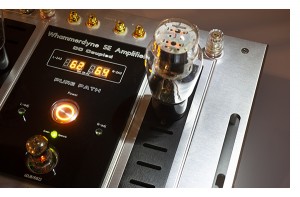 The DGA takes a few minutes to come fully up to operating temperature, and you’ll see the bias current going up during the process. Hickman suggests that both tubes bias be set as close as possible to each other. He makes it easy for even the uninitiated, with a digital readout on the top panel. All you need is a jewelers screwdriver and a steady hand. Once the amplifier has been powered up for an hour, check the readout and make sure both tubes read 60. A breeze.
The DGA takes a few minutes to come fully up to operating temperature, and you’ll see the bias current going up during the process. Hickman suggests that both tubes bias be set as close as possible to each other. He makes it easy for even the uninitiated, with a digital readout on the top panel. All you need is a jewelers screwdriver and a steady hand. Once the amplifier has been powered up for an hour, check the readout and make sure both tubes read 60. A breeze.
The big difference
While most SET amplifiers deliver brilliant midrange, they fall short (sometimes dramatically short) when called upon to play complex or overly dynamic music. Great for Jacintha, not so much for Slayer. Some of them really hum, due to inferior design and parts quality. The DGA is so quiet, it takes full advantage of every bit of power delivered. As the music emerges from such a silent background it appears louder. Remember what you perceive as volume is the delta between loud and quiet. No background hum or noise, feels a lot louder than having the music dithered by noise.
I never wanted my playlist of Kraftwerk, Neu! and Aphex Twin tracks to end. The DGA has massive bass grip and texture, making this kind of music come truly alive. When was the last time you heard deep, defined, growly bass that made your pants flap via an SET? Via a tube amplifier for that matter? An equal amount of fun was had with a pair of even more sensitive Klipsch La Scalas, resulting in a long set of classic rock causing a few neighbors to give me the evil eye. Oh well.
The result derived from the LaScalas, Pure Audio Project Trios and the mighty Focals, though expressed differently, retain the core musicality that the DGH delivers. It has a level control for those wanting the ultimate simplicity, but I preferred the more fleshed out rendition when the Nagra Classic preamplifier (with outboard power supply) delivered.
The Whammer delivers pristine examples of all the audiophile descriptors that are so easily tossed about in reference to far lesser products. It’s reproduction of fine detail combined with such a clean distortion free and coloration free tonality will redefine what you think reproduced music is capable of. This amplifier reveals so much tonal contrast and saturation, hours will fly by as you track through your favorites. Where some of today’s best audio products can only offer a short amount of engagement, with fatigue or boredom creeping in after a few tracks, the Whammerdyne DGA is a cure for audiophile ADD.
It totally rocks
An exceptional value award really isn’t enough. If the Whammerdyne DGA had a Wavac or Gold Note badge on it, you’d be looking at a $100,000 price tag. And you’d pay it happily. Your audiophile friends would visit your audio den from the far reaches of the globe and get down on their knees and pray to it and tell you what incredible insight you have.
But this baby only costs $3,000. Add another few hundred bucks for having upgraded output transformers (which my review sample does not have) and a little more for a pair of NOS 2A3 output tubes (which my review sample does have).
I could neither have written this review, nor fully appreciated just what the Whammerdyne DGA delivers when I began this magazine. But I can assuredly say that after almost 1000 product reviews, this is as good as it gets. If you have sufficiently sensitive speakers, one of the Whammerdyne amplifiers will take you straight to audio heaven – on the express elevator. That Whammerdyne can build one of the world’s finest SET amplifiers for $20k is amazing. That they can give you the essence of their flagship for $3,000 is a sheer miracle.
Best of all, it’s not out of reach of any music lover. With a wider palette of high efficiency speakers available these days, you might want to revisit just what a few of the right watts per channel can do. This is the best of the best.
MSRP: $3,000
Analog Source Grand Prix Audio Parabolica /TriPlanar arm/Koetsu Jade Platinum
Digital Source dCS Vivaldi ONE
Preamplifier Nagra Classic w/Nagra VPS power supply
Speakers Focal Stella Utopia EM
Cable Cardas Clear




